Gable Vent Replacement: Why It Matters and How It Benefits You

When you search “Replace gable vent,” you’re likely seeking a quick, straightforward answer. Here it is:
- Quick Answer: Replacing your gable vent improves attic ventilation, which can lead to better home comfort, reduced energy bills, and prolonged roof life.
Gable vents play a crucial role in your home’s ventilation system, especially in regions like New England. These vents allow hot air to escape from your attic, reducing the strain on your cooling system during warm months, and minimizing the risk of ice damming in the winter. Simply put, a well-functioning gable vent can improve the safety, comfort, and energy efficiency of your home.
Benefits of Proper Ventilation:
- Comfort: Maintains a more consistent indoor temperature year-round.
- Energy Efficiency: Reduces heating and cooling costs by allowing your attic to breathe.
- Safety: Prevents moisture buildup that can lead to mold, mildew, and structural damage.
In the following sections, we will guide you through understanding the significance of gable vents, how to prepare for their replacement, and walk you through the replacement process step by step. Whether you’re aiming to tackle this as a DIY project or planning to hire professionals, this guide will arm you with the knowledge you need to ensure your home remains a safe, comfortable, and energy-efficient sanctuary.
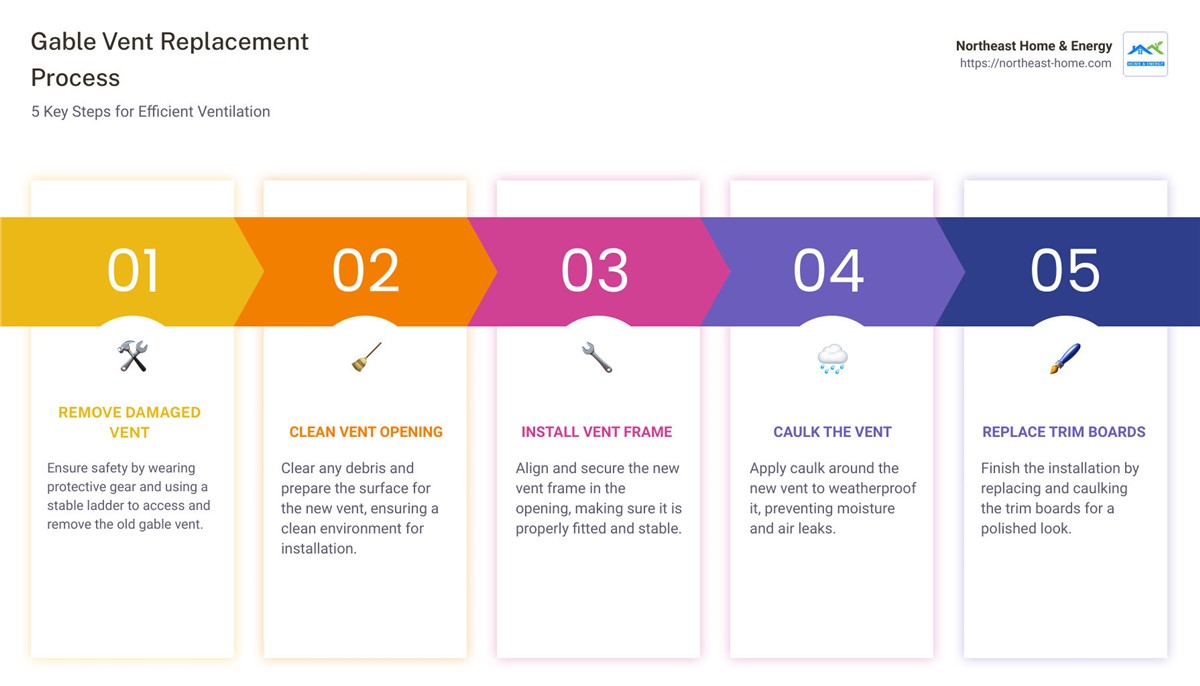
Understanding Gable Vents
When it comes to maintaining a comfortable, energy-efficient home, understanding your home’s ventilation system is key. Among the different types of vents, gable vents play a significant role. Let’s dive into the types of gable vents, their role in ventilation architecture, and how they contribute to your home’s energy efficiency.
Types of Gable Vents
Gable vents come in various shapes and sizes, including rectangular, circular, and triangular. They are installed on the exterior wall of your attic, at the gable ends of the house. The right type for your home depends on your attic’s size, shape, and specific ventilation needs.
Ventilation (Architecture)
Ventilation is crucial for maintaining air quality and temperature inside your home. Gable vents work by allowing hot air that rises to the attic to escape, which helps in cooling your home during the warmer months. During colder seasons, proper ventilation prevents moisture buildup, which can lead to mold growth and wood rot. Ventilation is not just about air exchange; it’s about creating a healthier living environment.
Energy Efficiency
Gable vents contribute significantly to a home’s energy efficiency. By facilitating the natural flow of air through the attic, gable vents help reduce the load on your heating and cooling systems. This not only leads to lower energy bills but also prolongs the lifespan of your HVAC system. A well-ventilated attic means less reliance on artificial cooling and heating, making gable vents an eco-friendly option for your home.
In summary, gable vents are an essential component of your home’s ventilation system. They not only help in maintaining good air quality but also contribute to the energy efficiency of your home. Whether you’re considering a gable vent replacement or just looking to understand their importance, it’s clear that these vents play a pivotal role in keeping your home comfortable and efficient.
We’ll discuss how to prepare for their replacement, ensuring you have all the tools and knowledge needed for a successful project. A well-ventilated home is a happy home!
In the next section, we’ll cover the crucial steps of preparing for a gable vent replacement, including safety measures and the tools you’ll need. Stay tuned to ensure your replacement process is smooth and efficient.
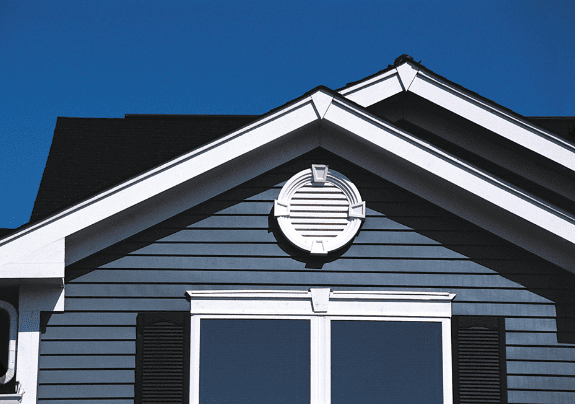
Preparing for Replacement
Measuring Your Gable Vent
Before embarking on your gable vent replacement journey, preparing adequately ensures not only a smooth process but also the safety of everyone involved. Let’s break down the preparation into easy-to-follow steps, focusing on safety measures, the tools you’ll need, removing the old vent, and finally, measuring the attic dimensions and calculating square footage.
Safety Measures:
Safety cannot be overstressed. Before you start, make sure you have:
- Protective gloves
- Safety goggles
- A sturdy ladder
These items will protect you from sharp edges, falling debris, and potential eye irritants.
Tools Needed:
Gather these essential tools:
- Tape measure
- Screwdriver or drill
- Utility knife
- Caulking gun
- Pry bar
Having these tools at hand will make the process much smoother.
Removing the Old Vent:
With your safety gear on and tools ready, it’s time to remove the old vent. Use the pry bar to gently remove the trim and the screws or nails holding the vent in place. Be careful to avoid damaging the surrounding area.
Measuring Attic Dimensions and Square Footage Calculation:
Once the old vent is out, measure the opening’s height and width. These dimensions are crucial for purchasing the right size replacement vent. To calculate the square footage of the vent opening, multiply the height by the width. For example, if your vent opening is 18 inches high and 24 inches wide, the square footage would be 3 square feet (18×24=432 square inches, and there are 144 square inches in a square foot).
Knowing the precise dimensions and square footage is essential for selecting a vent that fits perfectly and ensures efficient ventilation. Proper attic ventilation can significantly impact your home’s energy efficiency and prevent issues like mold and roof damage.
In the next section, we’ll dive into the step-by-step replacement process, guiding you through each phase to ensure your gable vent replacement enhances your home’s functionality and aesthetic appeal.
Step-by-Step Replacement Process
Replacing your gable vent might seem daunting, but with a clear, step-by-step approach, it becomes a manageable weekend project. Let’s break down the process into five key steps:
Remove the Damaged Gable Vent
First things first, safety is paramount. Put on your safety gear, including gloves and eye protection. Position your ladder securely against the house, ensuring it’s on stable ground and at the correct angle. A good rule of thumb is for every four feet in height the ladder reaches, move the base one foot away from the wall. Carefully climb up and inspect the gable vent you’re about to remove.
Using a pry bar and hammer, gently remove the damaged vent. Be cautious to avoid damaging the surrounding siding or trim. This part requires patience and a bit of elbow grease. Once the vent is loose, carefully take it down from the opening.
Clean the Empty Vent Opening
With the old vent removed, you’re likely to find debris, old caulk, or even nests that birds or insects have made. Use a scraper to remove the old caulk and paint. Then, take a brush or a vacuum to clean out any debris thoroughly. This ensures a clean surface for the new vent installation and helps prevent future issues with pests or moisture.
Install the Vent Frame
Now, take your new vent and dry fit it into the opening to ensure it aligns properly. Make any adjustments if necessary. Once you’re satisfied with the fit, secure the frame into place. Use screws or nails, depending on the vent’s material and what your home’s exterior can support. Make sure the vent is level and flush with the exterior surface for a clean, professional look.
Caulk the New Gable Vent
Caulking is critical for weatherproofing your new vent. Use a high-quality exterior caulk to seal around the edges of the vent. Apply the caulk smoothly and evenly, ensuring there are no gaps or bubbles. This not only helps keep out water and pests but also improves the energy efficiency of your home by preventing air leaks.
Replace and Caulk the Trim Boards
If your gable vent installation involves trim boards, now is the time to put them in place. Select trim boards that match the exterior of your home and fit the new vent aesthetically. Secure the trim boards around the vent, then apply caulk around the edges for a seamless finish. This not only adds to the visual appeal but also further seals the vent installation against the elements.
A well-executed gable vent replacement not only enhances your home’s curb appeal but also plays a crucial role in maintaining proper attic ventilation. Regular maintenance and timely replacement of your gable vent ensure your home remains comfortable, energy-efficient, and free of moisture-related issues.
Cost Considerations
When planning a gable vent replacement, consider the financial aspects of the project. Understanding the costs involved helps you budget effectively and avoid any surprises. Let’s break down the main costs: material costs, labor costs, and the total replacement cost.
Material Costs
The price of a new gable vent can vary widely depending on the material and size. PVC gable vents, known for their durability and ease of maintenance, may cost differently based on design and dimensions. Other materials like aluminum, wood, or vinyl also offer various price points. Expect to pay anywhere from $30 to $200 for a quality gable vent.
Labor Costs
Labor costs for gable vent replacement can be influenced by several factors, including the complexity of the installation, the condition of the existing vent area, and local labor rates. On average, professional installation might range from $100 to $300, assuming no significant complications arise during the project.
Total Replacement Cost
Combining material and labor costs, the total cost for replacing a gable vent typically falls between $130 and $500. This estimate assumes a straightforward replacement without the need for additional repairs or modifications to the surrounding area.
Investing in a high-quality gable vent and professional installation can contribute to the long-term health of your home’s ventilation system, making it a worthwhile expense. Always consider obtaining multiple quotes to ensure you receive a fair and competitive price for your gable vent replacement project.
In the next section, we’ll delve into the importance of maintenance and upkeep to extend the lifespan of your newly installed gable vent.
Maintenance and Upkeep
After successfully completing your gable vent replacement, maintaining its condition is key to ensuring it continues to perform its vital role in your home’s ventilation system efficiently. Here’s how you can keep your gable vent in top shape:
Regular Inspections
- Frequency: Aim to inspect your gable vent at least twice a year. The best times are in the spring and fall to prepare for the more extreme weather conditions of summer and winter.
- What to Look For: Check for any signs of damage, such as cracks, warping, or blockages that could impair airflow. Also, ensure that the vent is securely attached and that no parts are loose.
Cleaning Tips
- Safety First: Before cleaning, make sure you have safe access to the gable vent. Use a sturdy ladder and have someone spot you if necessary.
- Debris Removal: Use a soft brush or a blower to remove debris like leaves, twigs, and dust that can accumulate and block the vent.
- Wash Gently: If the vent is particularly dirty, you can wash it with a gentle soap solution and a soft cloth. Be sure to rinse thoroughly and allow it to dry.
Preventative Measures
- Trim Overhanging Branches: Keep trees and bushes trimmed back from your house to reduce the amount of debris that can reach your gable vent.
- Install Mesh Screens: If pests are a concern, consider installing a mesh screen behind the gable vent. This can prevent birds, insects, and small animals from entering your attic without restricting airflow.
- Regular Roof Maintenance: Keeping your roof in good condition can indirectly benefit your gable vent. Check for and repair any roof damage promptly to prevent water from infiltrating and damaging the vent or surrounding area.
By incorporating these maintenance and upkeep practices into your home care routine, you can help ensure that your gable vent continues to facilitate proper attic ventilation, contributing to a more comfortable and energy-efficient home. A well-maintained gable vent not only supports your home’s structural health but can also prevent more costly repairs down the line. For further guidance or assistance with gable vent maintenance, don’t hesitate to reach out to a professional like Northeast Home & Energy, who can provide expert advice and services tailored to your needs.
In the next section, we’ll address some frequently asked questions about gable vent replacement to help you navigate this important home improvement project with confidence.
Frequently Asked Questions about Gable Vent Replacement
How much does it cost to replace a gable vent?
The cost of replacing a gable vent can vary widely based on a few factors. Generally, the price range for a gable vent replacement can start from as low as $150 and go up to $450 or more. Factors affecting cost include the size of the vent, the material it’s made from (PVC, wood, metal), the complexity of the installation, and whether you’re doing it yourself or hiring a professional. While DIY can save on labor costs, professional installation ensures the job is done right.
How do you measure a gable vent for replacement?
Measuring a gable vent is a critical step to ensure you purchase the right size. Here’s how:
- Width and Height: Measure the existing vent’s width and height. If it’s a rectangular vent, simply measure the sides. For circular or triangular vents, measure at the widest and highest points.
- Square Footage: Calculating the square footage isn’t necessary for purchasing a new vent but can be useful for understanding the ventilation space. Multiply the width by the height for square or rectangular vents.
- Net Free Area (NFA): This is more about ventilation capacity than physical size. Check the product details of the replacement vent to ensure its NFA meets or exceeds that of the old one.
Should you remove gable vents if you add ridge vents?
This question touches on the broader topic of ventilation strategies and building science. The short answer is: it depends on your specific attic and roof design. Gable vents work well in attics with straight-line geometry, creating a wind tunnel effect that can efficiently exhaust attic air. Adding ridge vents changes the dynamics of this system. In some cases, having both can disrupt the intended airflow patterns, drawing dust and debris into the attic through the gable vents . A balanced approach, where air intake and exhaust are carefully considered, is crucial. Consulting with a professional can help determine the best ventilation strategy for your home, taking into account local climate, roof design, and existing ventilation.
Remember: Proper ventilation is key to preventing moisture buildup and ensuring energy efficiency. If you’re unsure about the best approach for your home, reaching out to experts like Northeast Home & Energy can provide you with tailored advice and solutions.
As we wrap up this section, keep in mind that gable vent replacement is a valuable project for maintaining your home’s health and efficiency. With the right preparation and understanding, you can ensure your attic remains well-ventilated and your home comfortable.
Conclusion
We’ve walked through the essential steps for a successful gable vent replacement, from the initial preparation to the finishing touches. This project, though seemingly ghostwriter agenturen, plays a crucial role in preserving the ventilation and energy efficiency of your home. By replacing damaged or outdated gable vents, you not only safeguard your attic against moisture and heat buildup but also contribute to a more comfortable and cost-efficient living environment.
The benefits of undertaking a gable vent replacement cannot be overstated. Proper ventilation is key to preventing a akad eule erfahrungen, such as mold growth and wood rot, that can compromise the structural integrity of your home. Moreover, an efficient ventilation system contributes to reducing your energy bills by facilitating a more stable and comfortable indoor temperature year-round.
At Northeast Home & Energy, we understand the importance of a well-ventilated attic and the role gable vents play in achieving this. Our team of experts is dedicated to providing you with the best solutions tailored to your home’s specific needs. Whether you’re looking to replace facharbeit schreiben lassen an old vent or seeking advice on improving your home’s ventilation system, we’re here to help. Our commitment to quality and customer satisfaction ensures that your gable vent replacement project will be handled with the utmost care and professionalism.
In conclusion, gable vent replacement is a valuable investment in your home’s health, comfort, and energy efficiency. With the right approach and support from Northeast Home & Energy, you can enjoy the many benefits that come with a properly ventilated attic. Maintaining an efficient and effective ventilation system is key to a healthy, comfortable home.
Subscribe to Northeast Home & Energy's Blog




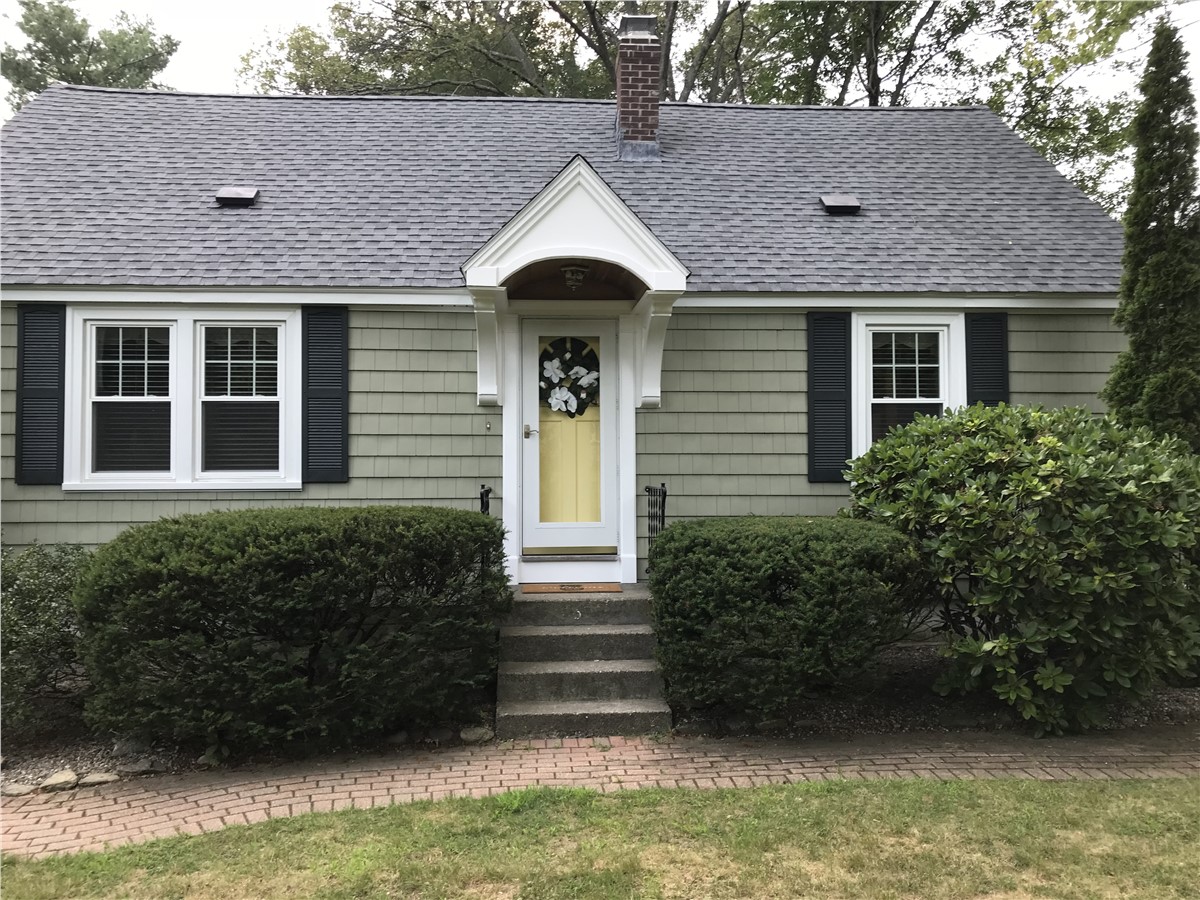
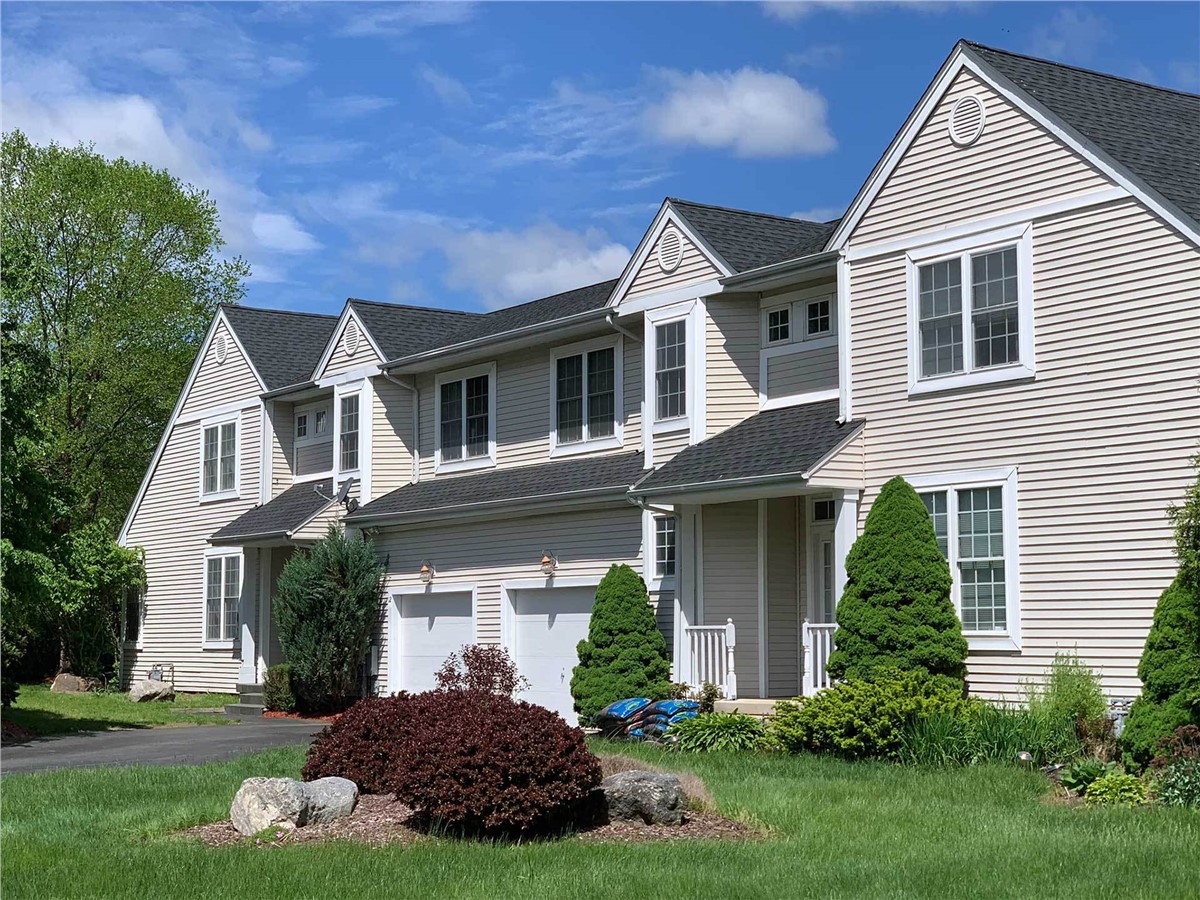
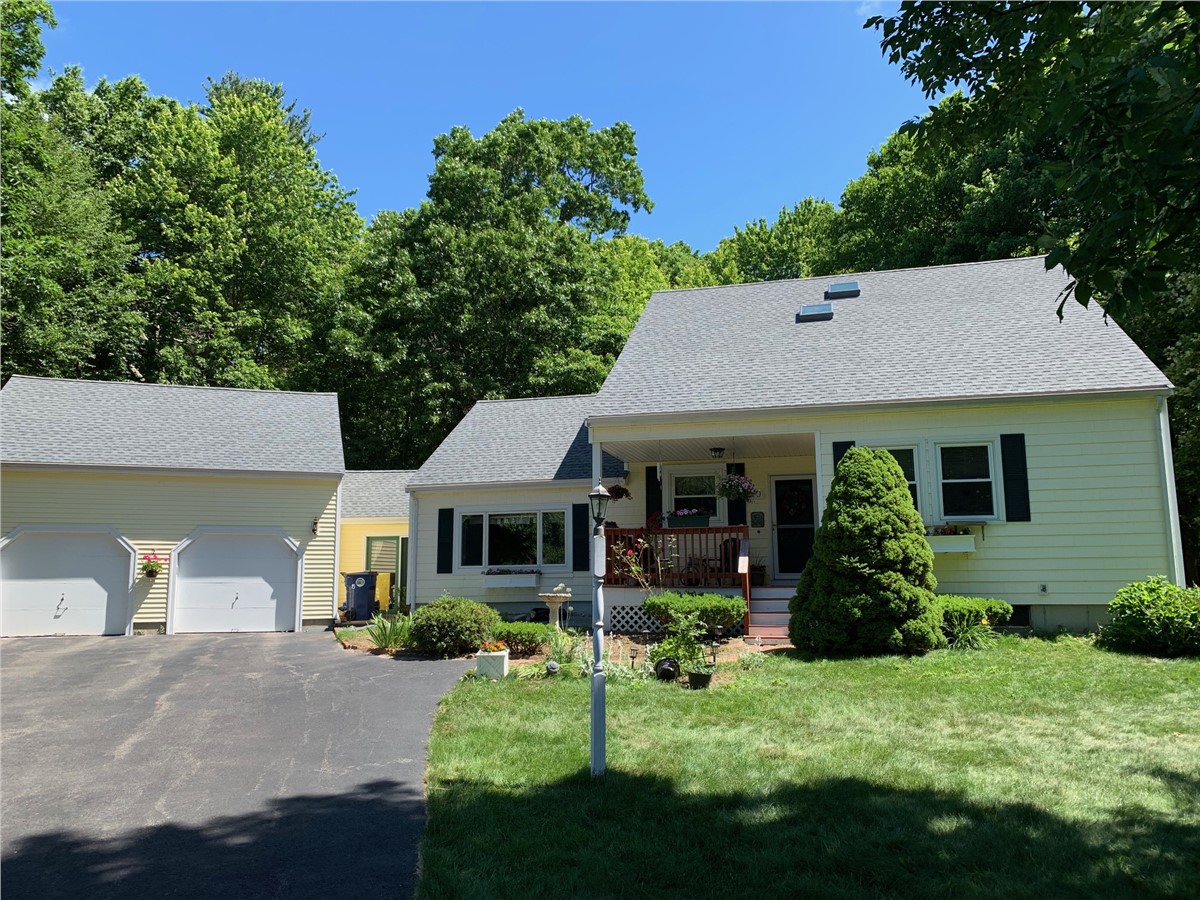

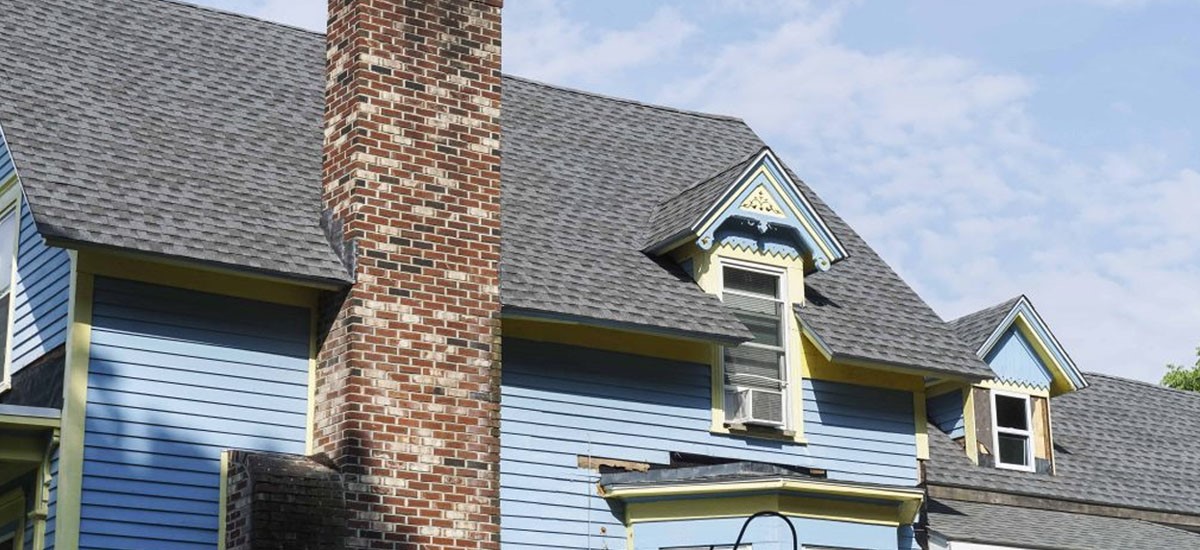

Comments